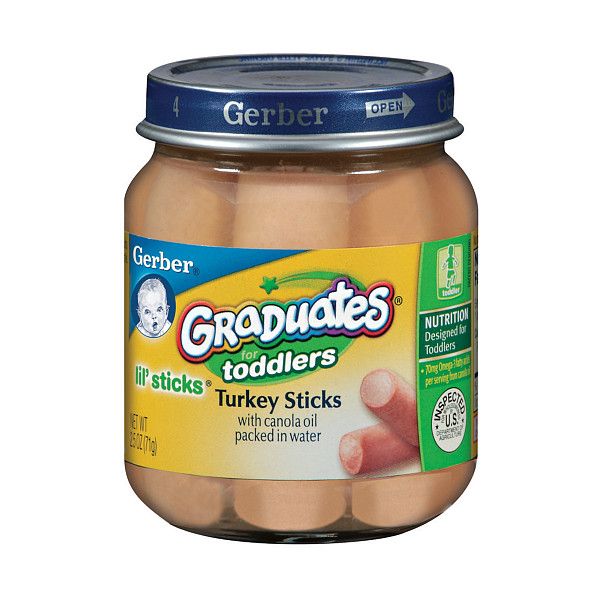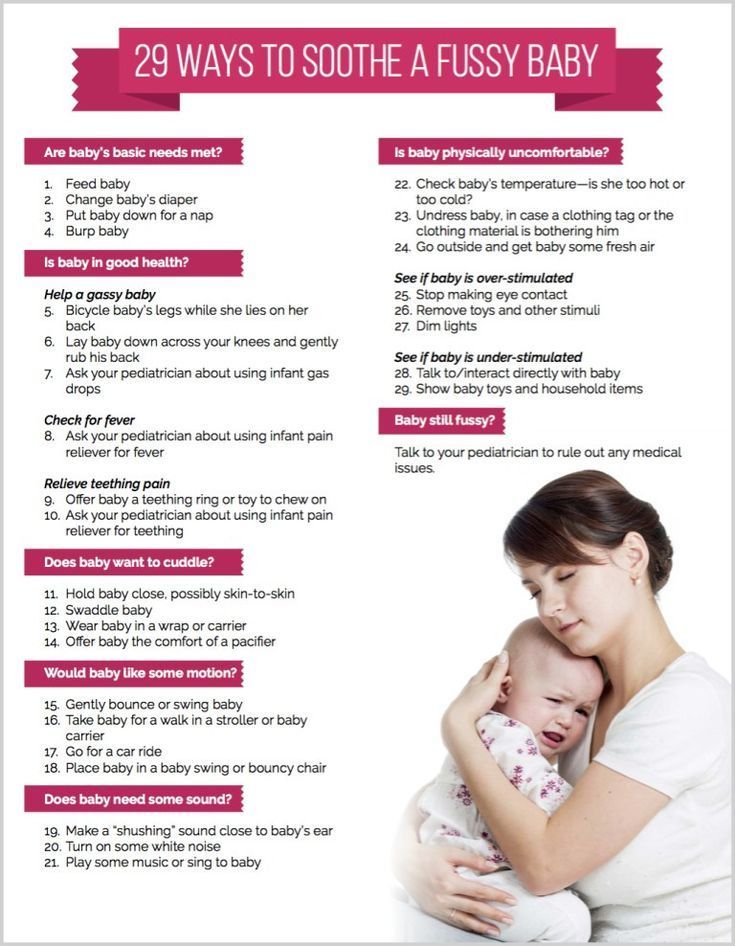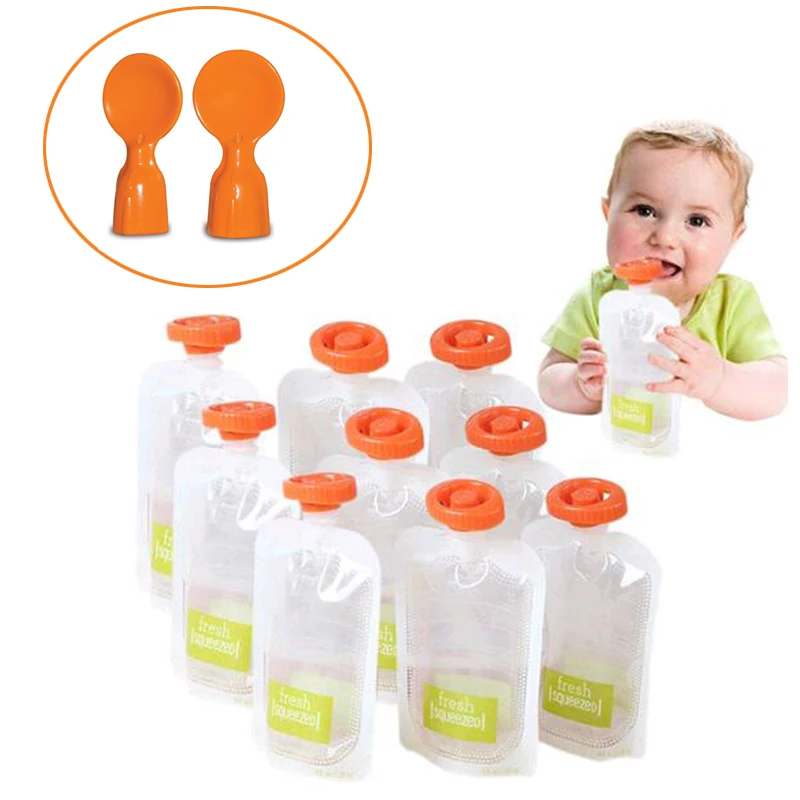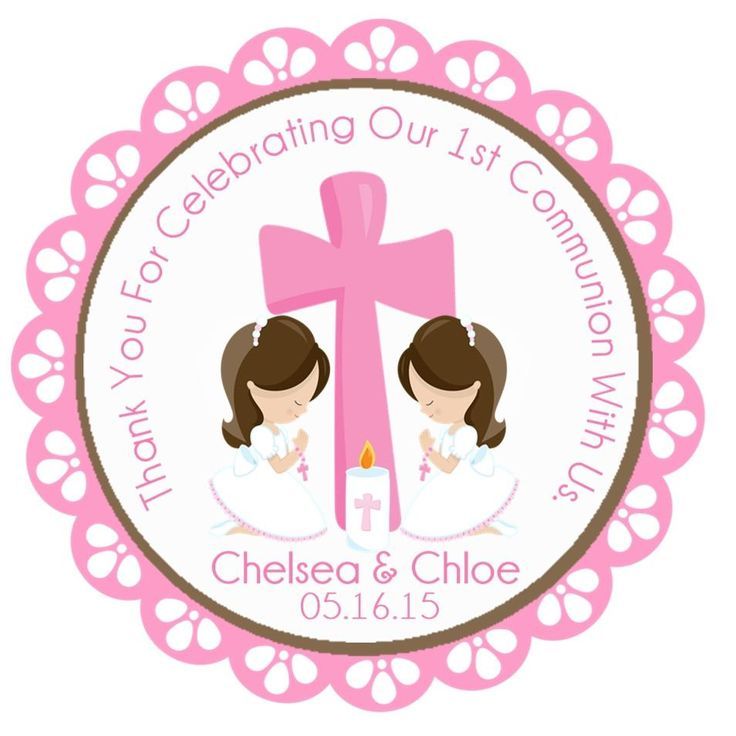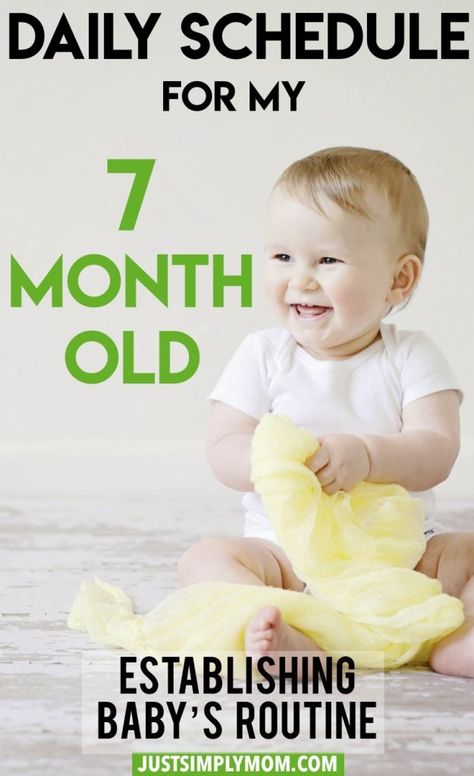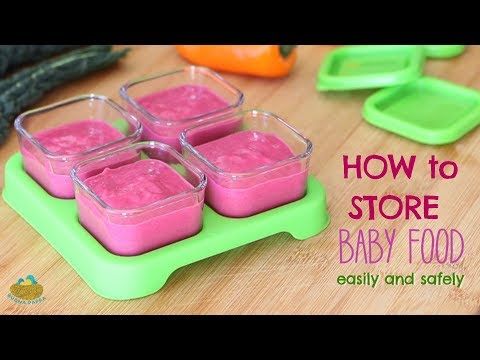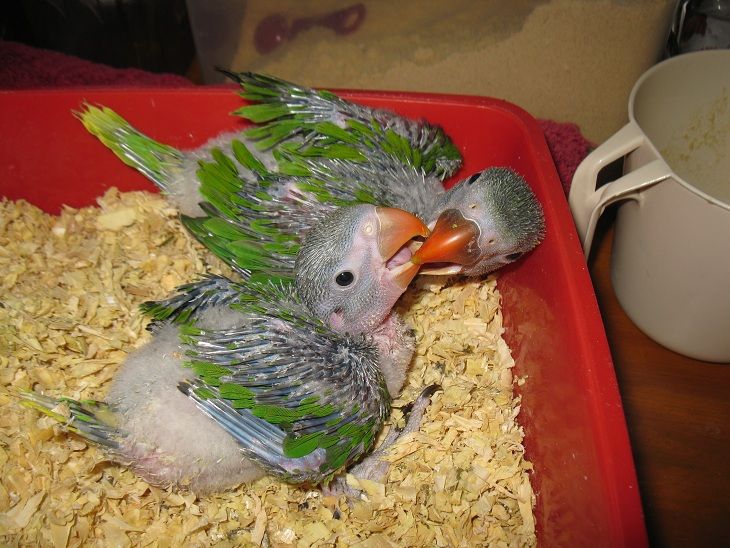Storing baby food in glass jars
Ways to Store Homemade Baby Food
Now that you have made your baby food, you want to store it in the most sanitary yet convenient way possible.
Should you bother with ice cube trays, store it in the refrigerator, drop it on wax papered cookie sheets for freezing or use glass jars?
After you have made the decision on how to store your baby food, how will you organize it? Outlined below are the varied methods for storing homemade baby food along with their pros and cons.
Storing Homemade Baby Food Using the Ice Cube Tray – Freezer Bag MethodUsing this method, you spoon or pour your purees into regular ice cube trays and then cover with plastic wrap. Prior to using your ice cube trays, you want to thoroughly cleanse them with warm soapy water and/or run them through the dishwasher on the sanitize setting. Some parents have even submerged their ice cube trays in boiling water for sanitizing (note: please make sure that the manufacturer of the trays indicates it is ok to boil the trays. )
The ice cube tray method offers you many advantages:
Each cube is approximately 1+ ounces, allowing you to have an idea of the amount of food your baby is consuming.
Another advantage is that you probably have ice cube trays on hand and will not need to go out and buy them.
Further, there is minimal waste as you use only 1 cube at a time and will not have to toss away much food; such as you toss away when using commercial foods.
Using the ice cube tray method to store homemade baby food also allows you to make several trays at a time so your time spent in the kitchen making baby food is decreased.
Once the purees have been frozen in the trays, you simply pop out the cubes and use as needed. If you’ve made big batches, pop out the cubes and store them in freezer bags. You simply transfer the baby food cubes into freezer bags, freeing up your trays for the next batch of food as well as freeing up some freezer space.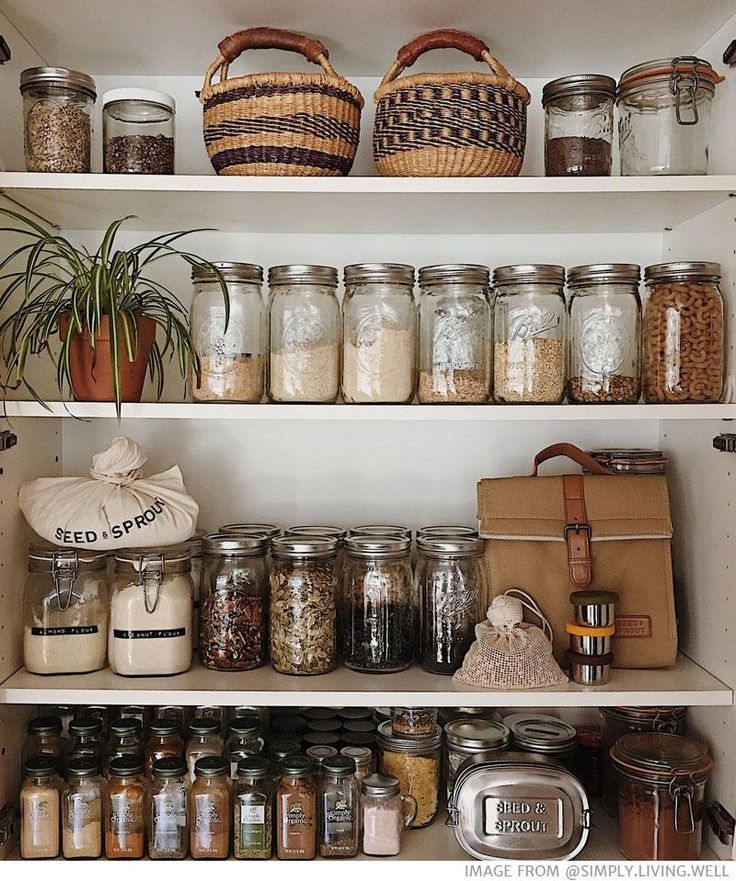
If using the freezer bag method for your food cubes, be sure to label the bags with the type of food and also date the bags. This will help you to quickly grab a cube from a bag of veggie and a bag of fruit without having to guess what you have in the bags. It also allows you to keep track of the length of time the food cubes have been in the freezer.
Storing Homemade Baby Food in the Refrigerator
Storing your baby food in the refrigerator is probably one of the least convenient and safe way to store homemade baby food. It is recommended that baby food be stored no longer than 48 hours in the refrigerator so as to reduce the risk of (bacterial or other) contamination on the food.
If you choose to store your baby food in the refrigerator, please be sure to take individual servings from the container. NEVER feed your baby directly from the original container and then re-store. Saliva may contaminate the food.
Using the Wax Paper/Cookie Sheet Method to Store Homemade Baby Food
This method involves dropping your purees into “clumps” on a cookie sheet that has been covered in wax paper; much like you do when making cookies.
This method requires a lot of freezer space and would also require that you transfer the frozen food into another storage item.
Should You Use Glass Jars or Recycled Baby Food Containers to Store Homemade Baby Food?
You should NEVER freeze anything in glass containers unless the glass container is specifically labeled for freezing.
Freezing in glass may cause bursting. It may also cause tiny fractures in the glass and may leave behind microscopic glass shards that you may never see. Freezing homemade baby food in the plastic containers that some commercial baby food makers now use is a better choice. However, some plastics are made specifically to withstand heat and freezing temperatures so ensure that your recycled plastic containers are labeled as “ok to freeze”.
BALL, makers of home canning products, manufactures 4 ounce jars specifically for freezing as do other manufactures.
All things considered, freezing in ice cube trays and then transferring to freezer bags is to me, the easiest, most time-saving and convenient method of storing homemade baby food – even when you have twins!
Remember, always consult with your pediatrician regarding introducing solid foods to your baby and specifically discuss any foods that may pose allergy risks for your baby.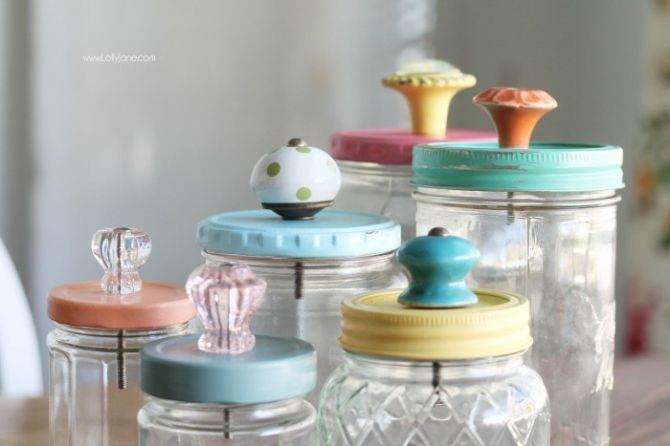
This site complies with the HONcode standard for trustworthy health information: verify here.
Choose freezer safe glass jars to store homemade baby food! These Ball canning jars are freezer safe – use plastic wrap between the lids to help protect baby food.
Photography by Chelsea Foy
SHARE ON FACEBOOK SHARE ON PINTEREST
How to store the jars of home-made baby food
Powered by
Choose your country
EN FR NL DE ES
by Babymoov
When they are born, babies only drink milk up to when they are 4-6 months old, when they start to be weaned onto food. Your baby begins to discover home-made baby food or jars bought from the supermarket. Some people buy jars, while others make their own baby food to save money and because it is tastier! Though this raises the question: can you store them? For how long? Can jars that have already been opened be stored and finished later? Where? This article will provide a few answers to your questions.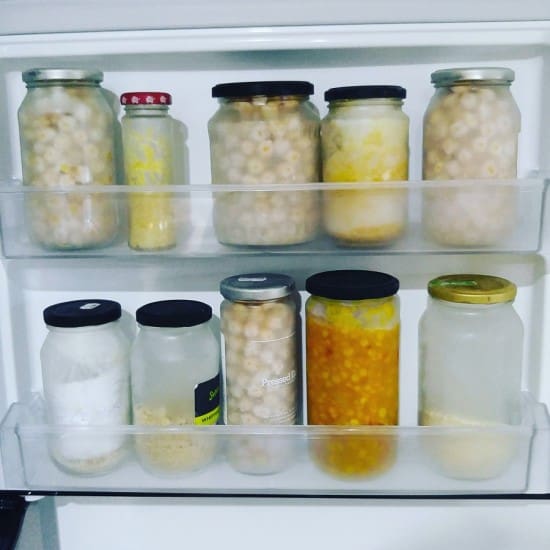
Save time!
With some planning, you can make your jars of baby food in advance, which means you will not need to prepare them every day and this will make things easier.
For jars of home-made food, you can store them in the fridge for 2-3 days and in the freezer for up to 1 year (except for food with milk, meat or fish, which must be eaten within 6 months). Ideally they should be eaten within 3 months after making them.
The jars can also be sterilised. Then, when you take a jar you should hear it « pop up » when you open it, to make sure it has been stored correctly. You should also label the food jars to know what’s inside them and when they were made.
Preserving authentic flavours…
Flavours are preserved if home-made food is stored in jars. They allow you to preserve the distinctive flavours of the various foods they contain, unlike industrially-made food, which contains substances that may somewhat change the taste of food.
Generally, baby food bought in jars tends to contain more sugar and substances likely to cause allergies (preservatives, colourings, etc.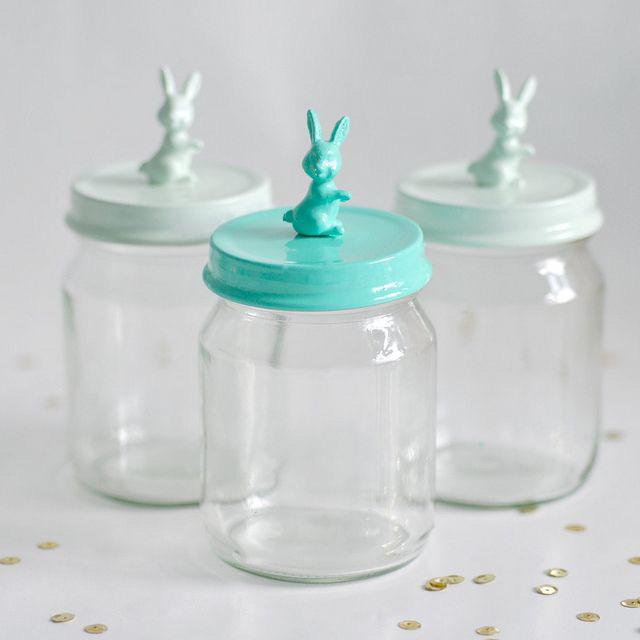 ). By making baby food yourself, you will know exactly what’s on the baby’s plate!
). By making baby food yourself, you will know exactly what’s on the baby’s plate!
As the meals can be stored, your child can benefit from a wide selection of fruit and vegetables even if they’re out of season. For instance, this winter your child can have a cherry compote you prepared the previous summer!
Heath issues…
Storing the jars of baby food in the freezer means you can preserve the food’s nutrients, especially when they have been bought fresh or picked from your garden and cooked shortly after.
Plus, according to a study carried out by the ministry for health, cold prevents bacteria and microbes from appearing and spreading. Indeed, from -18° microbes stop spreading on food.
Don’t forget!
- Never put a defrosted jar of baby food back into the freezer.
- The jars of baby food must never be defrosted at room temperature: you need to defrost them in the fridge, microwave or steam from frozen.
- According to paediatricians, a jar that has been opened must never be left in the fridge for more than 24 hours.
 If the baby does not eat it, you must throw it away – hence the need to make suitable portions to avoid wasting too much food.
If the baby does not eat it, you must throw it away – hence the need to make suitable portions to avoid wasting too much food.
Storage of baby food: terms and requirements for the storage of baby food
09/23/2019 31555
Article content
- The importance of proper storage of baby food
- About the safety of baby food
- Rules for the storage of different types of food
- General storage rules
All parents want to see their baby cheerful, active and healthy. The harmonious development of the child largely depends on the correct and high-quality diet. The market for special baby food is striking in its diversity, and everyone strives to choose the best for the child. But for the safety of the baby and its full development, it is not enough to buy high-quality products. You also need to know how to properly store baby food.
But for the safety of the baby and its full development, it is not enough to buy high-quality products. You also need to know how to properly store baby food.
The importance of proper storage of baby food
Warmth, care and attention are necessary for all children. But the child is gradually growing, while he needs to eat varied. And here the question arises: is it possible to save the cooked product until the next feeding? Here it is important to pay attention to the fact that the child's immune system is not yet strong enough, so the storage of baby food should be given special attention. The well-being and health of the baby often depends on the conditions in which and how long they are kept.
About the safety of baby food
In the Russian Federation there is a whole regulation on the safety of food for children - that's what it is called. This document sets out requirements for manufacturers and sellers of children's products related to the protection of children from toxic and chemical substances.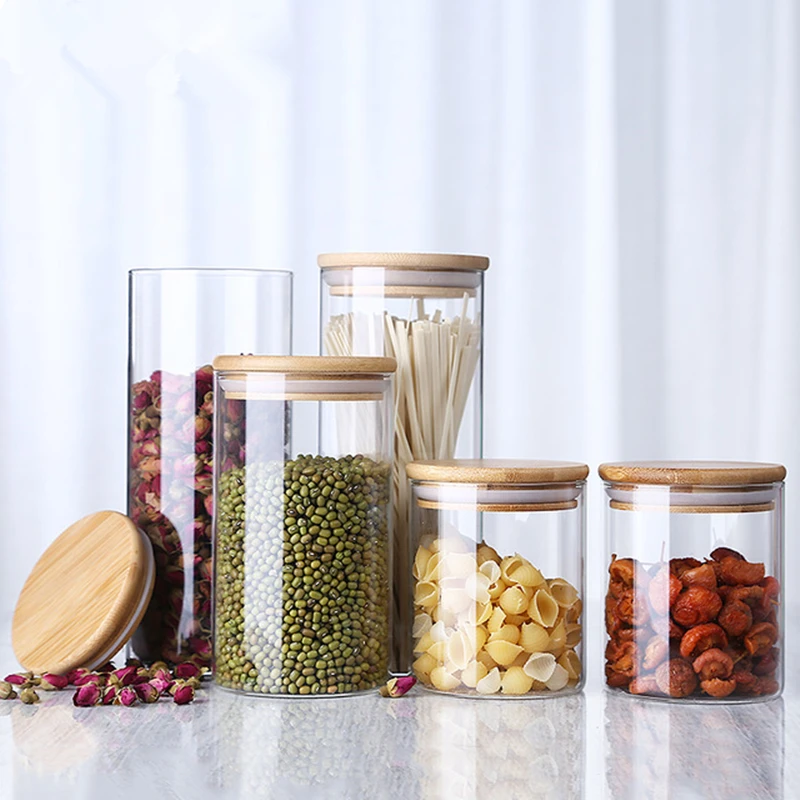 This applies not only to baby food produced in our country, but also imported from abroad. That is why when buying infant formula, porridge, puree or other product, you can be sure of its quality and safety. The regulation requires not only correct production, but also packaging, storage of baby food and its disposal:
This applies not only to baby food produced in our country, but also imported from abroad. That is why when buying infant formula, porridge, puree or other product, you can be sure of its quality and safety. The regulation requires not only correct production, but also packaging, storage of baby food and its disposal:
- Children's products are sold only through special stores or dedicated departments of supermarkets (therefore, it is better to buy them there or at least in a pharmacy).
- Expiration dates are set by the manufacturer, who is fully responsible for the quality of his product.
- Transportation of baby food is carried out in accordance with the requirements of the technical regulations for the transportation of any products.
At the same time, in the production of baby food, a number of conditions must be observed:
- Do not use highly acidic curd products.
- Do not add soy flour or grains contaminated with impurities.

- Offal is prohibited except for tongue, liver, heart and blood.
- Do not include in baby food beef with a fat content of more than 12%, pork - 32%, lamb - 9%.
- Do not use salted butter or products with a fat content below 82%*.
For a complete list of products prohibited in the production of baby food, you can follow the link attached to the article.
Rules for storing different types of food
Undoubtedly, breast milk is the most valuable and beneficial for a child. But there are situations when a mother needs to leave the house and she expresses milk in order to feed the baby on time. In addition, the child grows, over time he needs complementary foods. Expressed breast milk, formula-fed infant formula and complementary foods require a special approach, and it is very important to know the conditions and shelf life of baby food.
How long can open packages of infant formula and cereals be stored?
This is important!
The shelf life of opened dry infant formula or cereal is limited to 2-3 weeks, sometimes 4 weeks for cereals (depending on the manufacturer - read the packaging carefully). After its expiration, this product cannot be prepared for a child. Dry mixes should be stored in a place protected from light, but not in the refrigerator.
After its expiration, this product cannot be prepared for a child. Dry mixes should be stored in a place protected from light, but not in the refrigerator.
Open jars (packages) of fruit, vegetable and meat puree should only be stored in the refrigerator. And after opening the package, you can eat only within 12 hours **. After the expiration date or 12 hours after opening the package, the product must be disposed of, since it can no longer be eaten. Yes, not only for children, but also for adults.
Also, many are interested in how long home-made baby food, such as freshly prepared vegetable or fruit purees and juices, can be stored. There are two main options to use immediately after preparation (the best) or freeze. Such a product will also be suitable for eating for 12 hours, after which it will begin to deteriorate. Frozen fruits and vegetables can be stored in the freezer for up to six months, depending on the culture. However, even frozen products have expiration dates, after which it would be wiser to throw them away than eat them.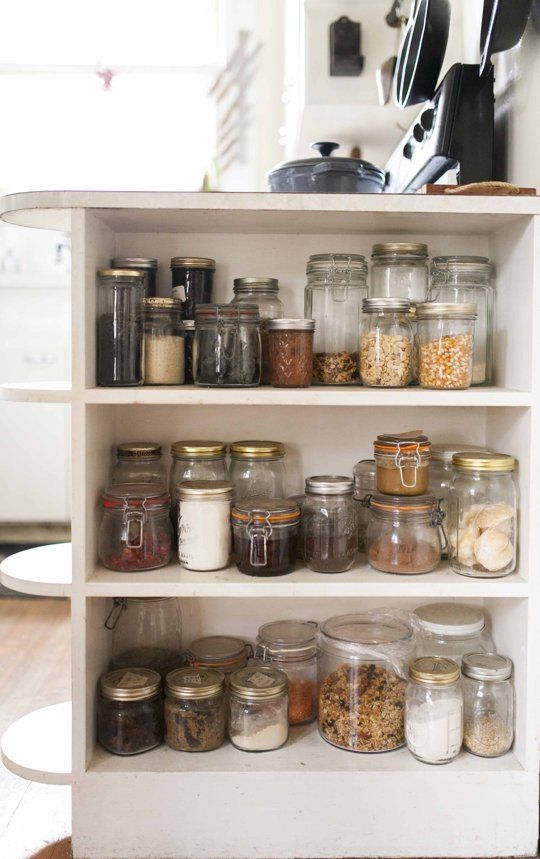
General storage rules
A huge variety and affordable cost of products greatly facilitate the worries of preparing complementary foods for children. But along with this, many parents face another problem: where to store baby food? So that the products do not lose their qualities from the influence of external factors, the following basic rules must be observed.
- Hygiene. Be sure to wash your hands thoroughly before preparing food and feeding your baby. The child's dishes should always be clean and stored separately in sterile conditions.
- Storage location. Dry cereals and mixtures should be stored in a ventilated cupboard out of the reach of children. In caring for a baby, mothers are loaded with various problems and worries. It is difficult for them to remember everything, so it is recommended to stick a label on each product with the date of its opening. This will help you meet the deadlines.
- When feeding a child with vegetable and fruit juices, puree or sour-milk products in jars, remember that after breaking the integrity of the package, the use of its contents is allowed on average up to 12 - 24 hours.
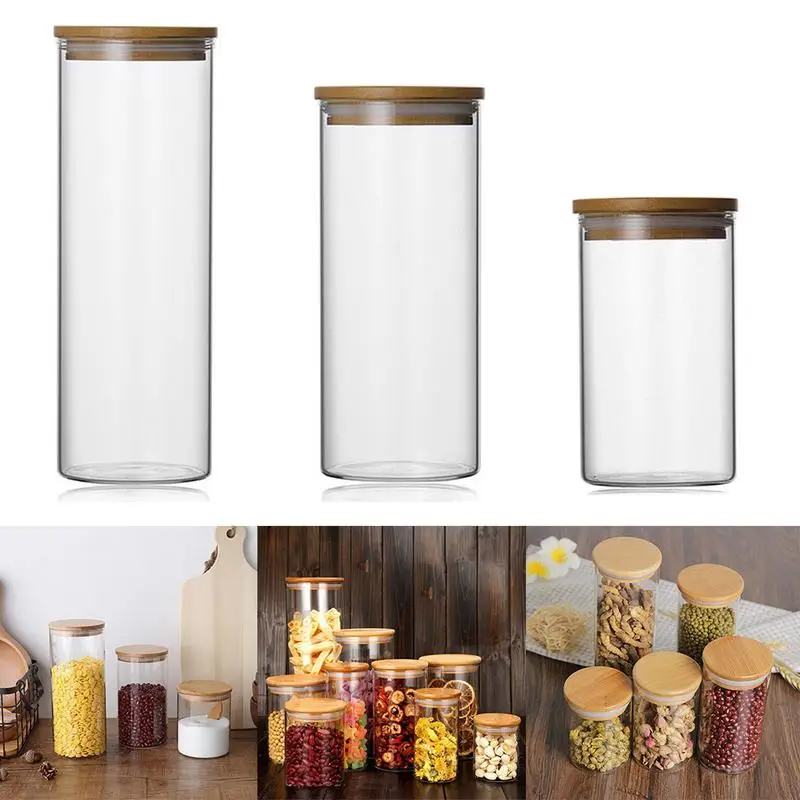 Different manufacturers may have different terms, read carefully what is written on the label! Be sure to ensure that the integrity of the packaging has not been violated even in the store. Most manufacturers on the jars have a special protection against opening. Fresh puree in jars emits a characteristic “pop” when opened, juices must have either a protective foil film or a special opening mechanism. Unopened jars of juices and purees can be stored in the cupboard, while dairy products should only be kept in the refrigerator.
Different manufacturers may have different terms, read carefully what is written on the label! Be sure to ensure that the integrity of the packaging has not been violated even in the store. Most manufacturers on the jars have a special protection against opening. Fresh puree in jars emits a characteristic “pop” when opened, juices must have either a protective foil film or a special opening mechanism. Unopened jars of juices and purees can be stored in the cupboard, while dairy products should only be kept in the refrigerator. - Containers for storing baby food may be glass or plastic, but must be labeled accordingly, indicating the absence of toxic impurities in the composition of the material.
Food for a child is a source of energy and a guarantee of full growth and development. Therefore, it is very important not only to buy quality products, but also to learn how to properly store them. The health and well-being of the baby, the resistance of his body to the adverse effects of the external environment often depend on this.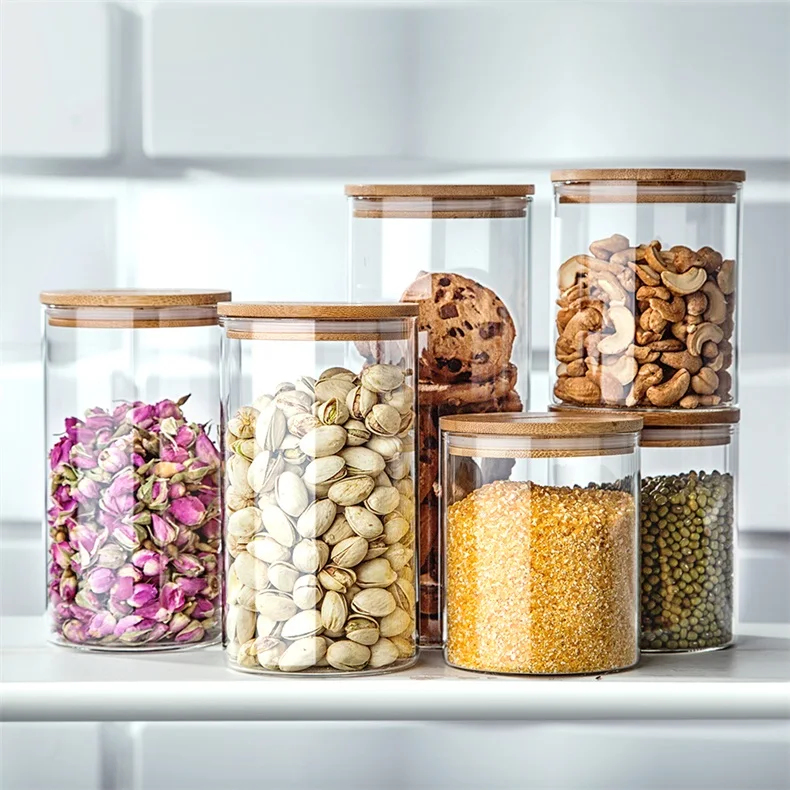
*FZ Technical regulation "On the safety of baby food"
**Hygienic requirements for the shelf life and storage conditions of food products. Sanitary and epidemiological rules and regulations. SanPiN 2.3.2.1324-03
(3 ratings; article rating 5.0)
How to store baby puree correctly and for how long
When a baby grows up, in addition to breast milk, they begin to give him various vegetable, fruit or meat purees. The proper development of the child's body will depend on the quality of complementary foods. Therefore, you should buy only fresh products from time-tested manufacturers. Where and how to store baby food puree, you can read on the jars. But it will not be superfluous to familiarize yourself with the general rules for storing food for babies in order to prevent poisoning, indigestion and other negative consequences of eating low-quality or expired products.
How to choose
When buying baby puree for future use, you must strictly follow the storage rules specified by the manufacturer. But if after opening the jar there are doubts about the quality of the product, you should not give it to a child. Better to play it safe and go for fresh mashed potatoes than put the child at risk of poisoning.
Quality fruit or vegetable puree should not contain any other additives than water and, moreover, preservatives.
Making a choice in favor of one or another type of product, first of all, its useful qualities are evaluated. Exotic fruits, for example, will not bring as much benefit to the children's body as an apple or a pumpkin.
The fruits and vegetables best absorbed by a child are those grown in the area where he lives. Therefore, when choosing baby puree, preference is given to products of local manufacturers. More natural and useful for the digestive system of our child will be puree from ordinary carrots, apples, pears, zucchini than from mangoes, bananas and other exotic fruits.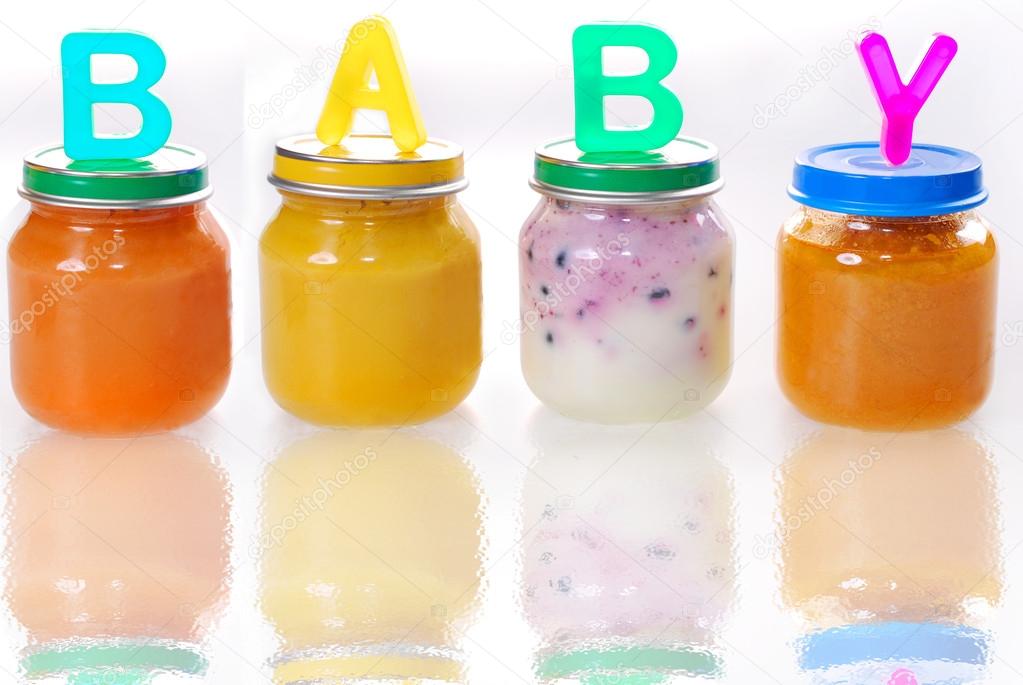
There are three types of baby puree packages:
- glass,
- metal,
- cardboard (Tetra Pak).
It is impossible to say exactly which package is better. Each of them has its own disadvantages and advantages.
- In glass container the product can be stored without fear that this material will somehow change the composition of the baby puree. At the same time, the small volume of the jar (100 ml) allows you to use its contents without residue. And in this case, you no longer have to store baby puree.
- In metal containers the shelf life of baby puree will be longer. In addition, it will not break in case of careless handling.
- Baby food in carton - the most budget option, designed for families with low incomes. But this does not mean that the contents of the package are worse. Just monitor the safety of the product should be more carefully.

Purchased puree
Pre-sealed baby food containers can be stored even at room temperature. The manufacturer creates a vacuum environment inside each of them, which minimizes the development of harmful microorganisms. But if the storage of baby puree occurs without a refrigerator, the product is placed in a cool place, closed from sunlight. It should be understood that when heated, the contents of the containers will deteriorate faster than the period specified by the manufacturer.
Tetra Pak carton packs are as convenient as glass or metal packs. In it, the product can also be stored for a long time. Unlike a glass jar, cardboard does not let in sunlight and is cheaper.
The disadvantage of cartons is their relative fragility. They are easily deformed and may lose their tightness during transportation.
While still in the store, you need to read the information that is present on the container with baby food. First of all, pay attention to the date of release of the product, and its expiration date.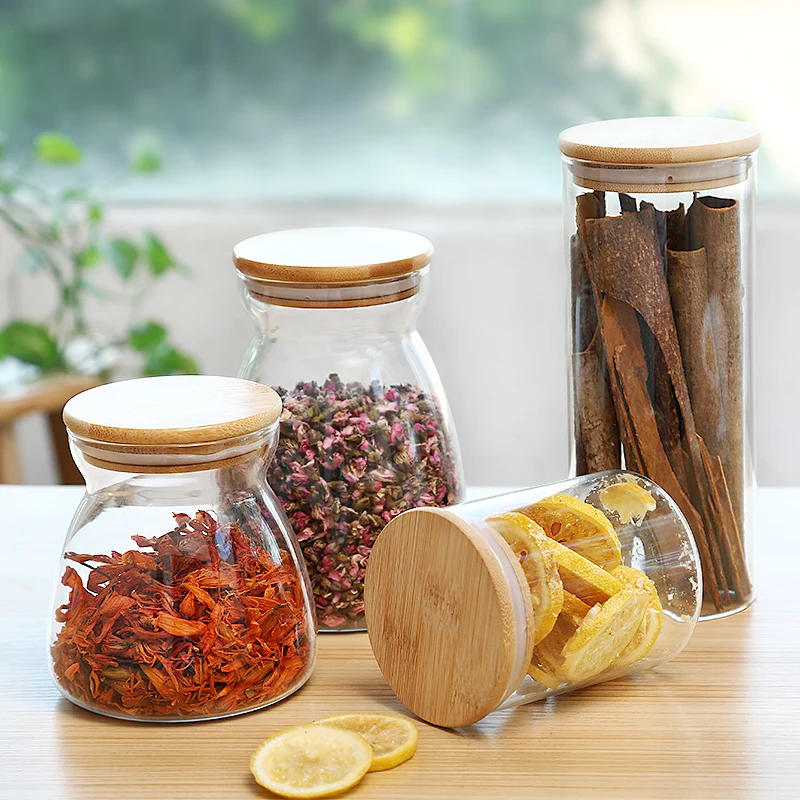
Homemade puree
At home, prepare baby puree immediately before use. Storage is contraindicated for it, since cooling and subsequent heating deprive the product of useful properties.
How long can homemade puree be kept when there is no other way out? No more than 24 hours in the refrigerator, and within 3 months in the freezer.
To freeze the product, it is laid out in ice molds and sent to the freezer. After solidification, the cubes are transferred to special freezer bags or food containers, after which the date must be indicated on them. Then the product is sent to the freezer for 3 months.
When preparing and freezing baby puree, use only sterile containers and cutlery.
Product can be defrosted on the refrigerator shelf or at room temperature.
Opened baby puree
The answer to the question of how long open baby puree can be stored can be found on the product packaging.
Most manufacturers do not recommend storing baby puree after opening in general . Or it allows it to be in the cold for no longer than 1 day. This will allow you to divide the product into 2 feedings, but you should not heat it directly in the jar. The necessary part of the puree is transferred to another container and heated. If you heat the entire jar, the shelf life of the baby puree that remains in it will be reduced to a few hours.
Or it allows it to be in the cold for no longer than 1 day. This will allow you to divide the product into 2 feedings, but you should not heat it directly in the jar. The necessary part of the puree is transferred to another container and heated. If you heat the entire jar, the shelf life of the baby puree that remains in it will be reduced to a few hours.
The temperature at which baby puree should be stored after opening should be between 0°C and +4°C. If you keep it in a warmer place, it will lose quality after 5 - 6 hours. The product cannot be kept on the refrigerator door due to constant temperature changes every time the door is opened.
- In when closed baby puree can be stored at a maximum temperature of +22°C
- A after opening at a maximum of +4°C.
You can read the manufacturer's instructions for how long puree can be stored in the refrigerator, but if the jar is opened, it will not be possible to give the product to the child in a day.

Out of the refrigerator, opened baby food will retain its quality for up to 6 hours at temperatures up to +20°C, and no longer than 4 hours in an even warmer place.
Storage rules
If your baby consumes low-quality products, it can lead to serious consequences, so you need to know how to store baby purees in jars (other packaging).
- Closed containers of baby products should be kept in dry, dark places. These are various closed cabinets, pantries, etc. There should not be heat sources nearby, otherwise bacteria will begin to actively develop even in closed packaging.
- Arrange the jars so that those with the earliest expiration date are closest. Accordingly, they must be used first.
- Lids on containers must always be tightly closed.
Do not feed your baby directly from the bottle if you plan to continue to store the contents. When children's saliva enters the container, the development of microorganisms occurs.


